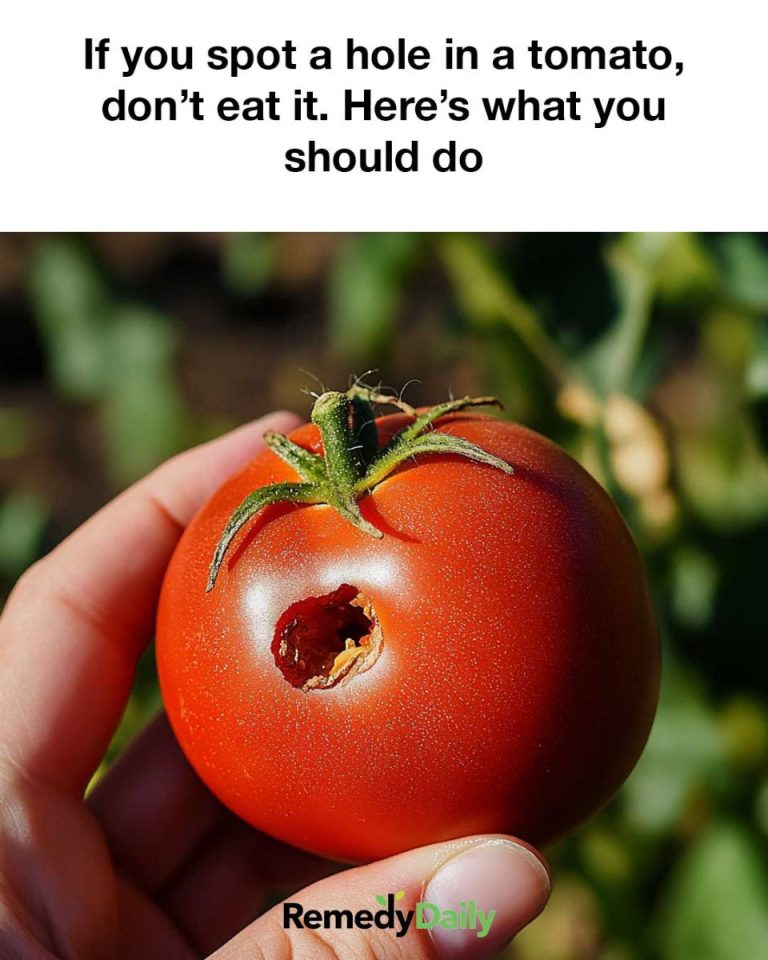Tomatoes are a staple in many kitchens around the world, known for their versatility and rich flavor. However, encountering a tomato with a hole can be concerning for many home cooks and gardeners. These holes can be a sign of various underlying issues, ranging from pest infestations to environmental factors. Understanding the implications of these holes is crucial for ensuring the safety and quality of your produce. In this article, we will explore the causes of holes in tomatoes, assess their safety, and provide guidance on what actions to take if you encounter this issue.
Understanding the Causes of Holes in Tomatoes
Holes in tomatoes can be caused by a variety of factors, each with different implications for the fruit's safety and quality. Common causes include insect activity, such as that from tomato fruitworms or hornworms, which bore into the fruit to feed. Environmental factors, such as inconsistent watering or nutrient deficiencies, can also lead to cracking or splitting that may resemble holes. Additionally, diseases like blossom end rot or fungal infections can create lesions or holes in the fruit. Identifying the cause of the holes is the first step in determining whether the tomato is safe to eat and how to address the issue.
